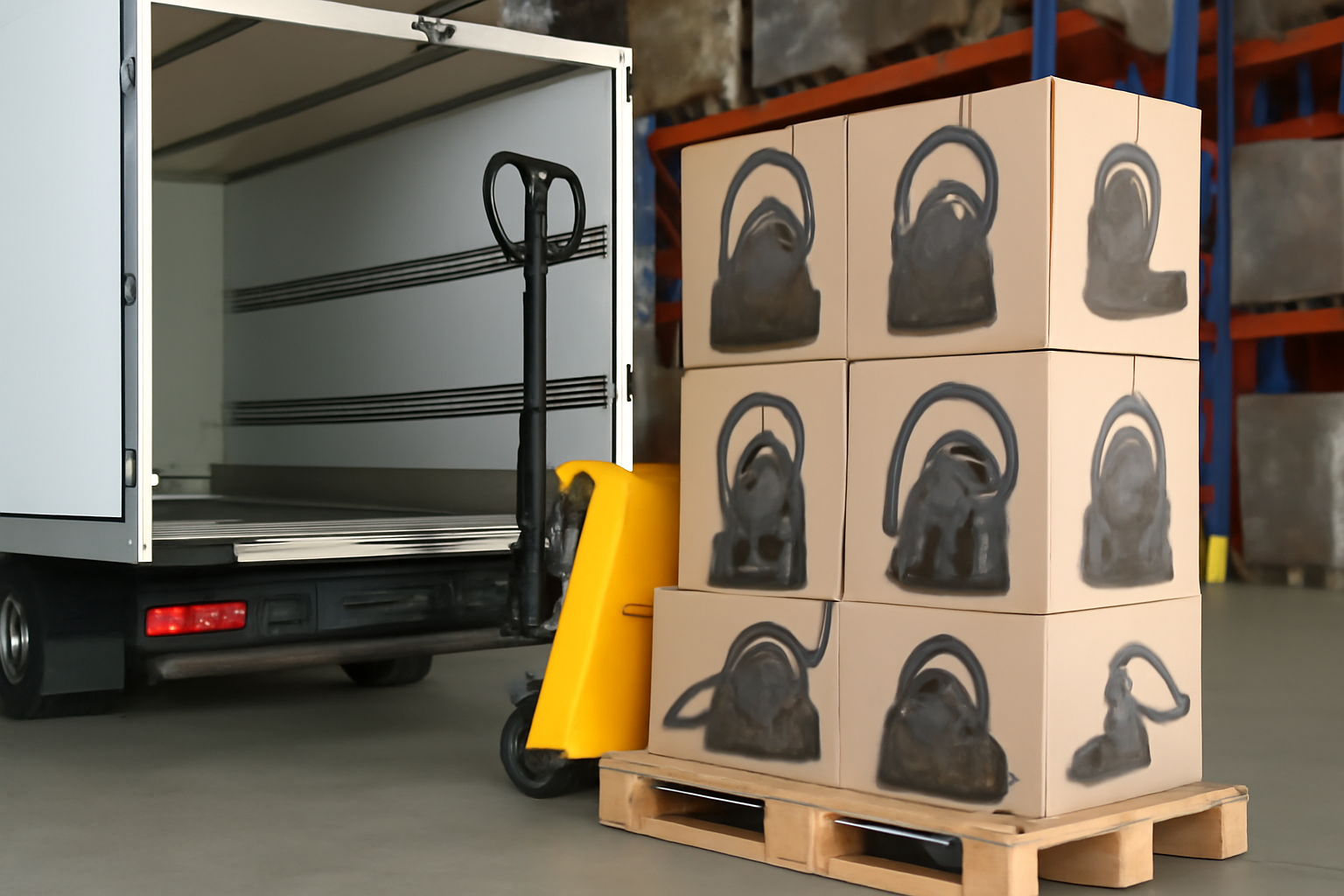In the competitive global vacuum cleaner market, logistics strategy plays a critical role in maintaining profitability and customer satisfaction. Delays in lead time or damage during transit not only hurt brand reputation but also result in costly returns and lost contracts. Here’s how forward-thinking vacuum suppliers are tackling these challenges through smart logistics practices.
1. Use of Regional Warehousing and Fulfillment Hubs
To shorten delivery windows and mitigate border delays, many suppliers are turning to regional fulfillment centers. Placing inventory closer to high-demand markets can reduce average lead times by over 50%. According to a DHL case study on Redesigning Global Supply Chain Operations, packaging evaluation and redesign significantly reduced product damage while in transit.
2. Invest in Professional Packaging and Cushioning
Vacuum cleaners, especially commercial-grade models with complex components, are vulnerable to shock, vibration, and moisture. Companies that invest in custom packaging solutions like foam inserts and double-layer cartons see significantly lower return rates. According to ISTA (International Safe Transit Association), pre-shipment packaging validation can reduce in-transit damage by over 70%.
3. Carrier Selection and Shipment Mode Optimization
Choosing the right shipping partners and modes (air, sea, LTL, FTL) makes a huge difference. For example, sea freight may be cost-effective for large volumes, but air freight is ideal for urgent shipments with tight SLAs. Tools like Flexport enable exporters to compare rates, track shipments in real-time, and consolidate loads to avoid partial container waste.
4. Implement Predictive Demand Planning
Logistics efficiency isn’t only about transportation—it starts with forecasting. Leveraging AI-driven demand planning helps reduce overstocking and avoid rushed, costly deliveries. Vacuum brands that integrate logistics with sales data are able to maintain lean inventory and avoid “last-minute chaos,” especially during peak seasons.
A well-designed logistics strategy begins with packaging and ends with timely delivery. Proper packaging plays a crucial role in minimizing damage during transit. By using custom packaging solutions such as foam inserts and double-layer cartons, suppliers can ensure better protection. Selecting the right carriers and shipment modes is essential to speed up the process and reduce the risk of damage. Vacuum cleaner brands that focus on energy efficiency and the ability to clean multiple surfaces can meet customer expectations while also aligning with sustainability goals. These vacuum cleaners are designed to be durable, operate quietly, and offer powerful suction. Additionally, with large-capacity tanks that handle both wet and dry conditions, these vacuums provide high performance and adaptability for different operational environments—ultimately delivering a reliable vacuum cleaner.
Whether you’re shipping across continents or state lines, reducing lead times and product damage begins with strategy—not luck. By rethinking packaging, partnering with the right carriers, and using smart data, vacuum exporters can ship smarter and grow faster.
🌐 Discover logistics-ready vacuum solutions at www.lxvacuum.com.

















